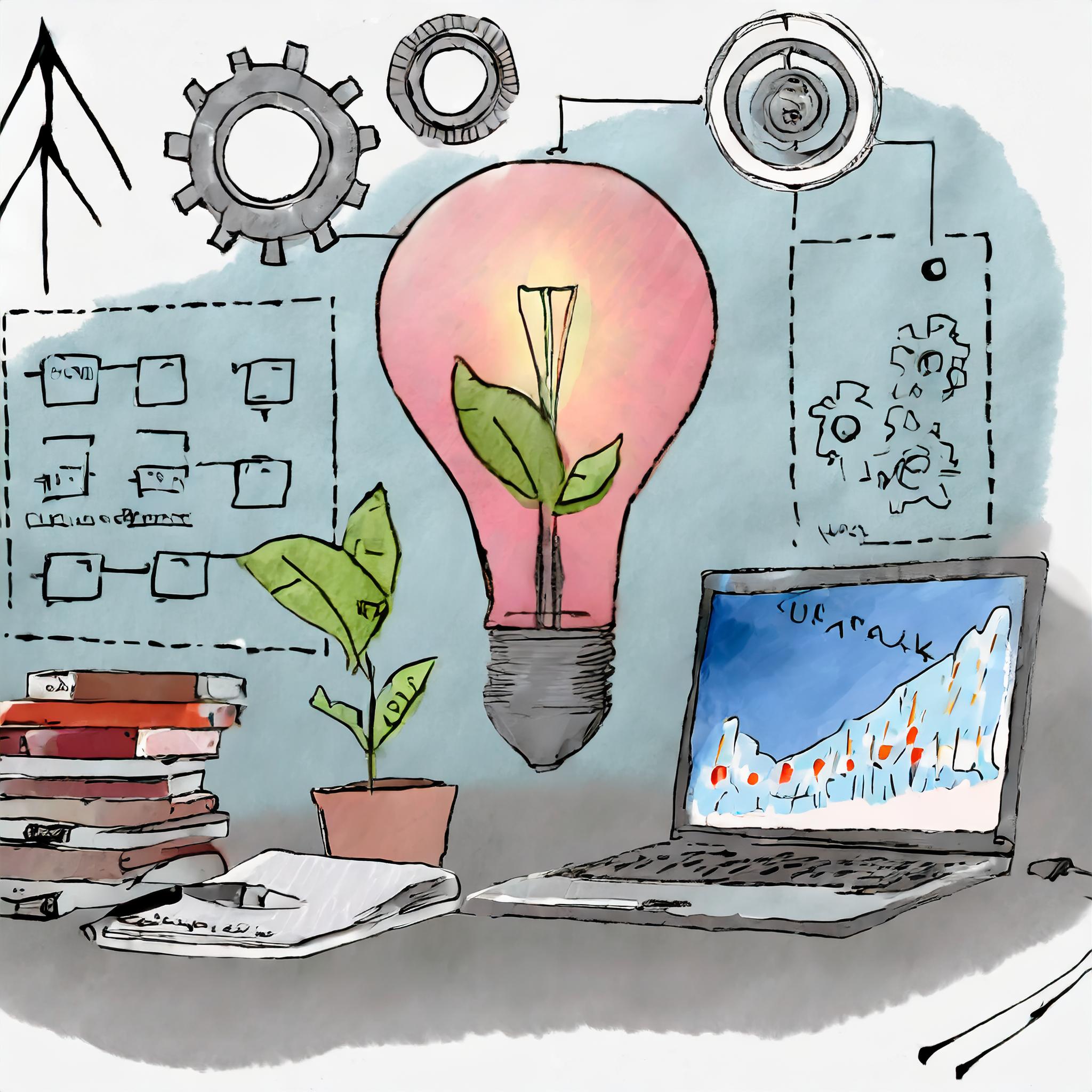The Power of Imperfection
In a world that often glorifies flawlessness, the concept of imperfection might seem counterintuitive, especially in product development. However, embracing imperfection is not a sign of settling for less; rather, it is an acknowledgment that perfection is a moving target and that continuous improvement is the true path to excellence. This mindset is about recognizing that every flaw or shortcoming is an opportunity for growth and innovation.
The Evolution of Product Development
Historically, product development followed a rigid, linear path characterized by exhaustive planning and execution phases. The waterfall model, with its sequential stages, was the gold standard. This approach, while thorough, left little room for flexibility. Changes, when necessary, were costly and time-consuming. As markets and technologies evolved rapidly, this rigidity became a significant drawback.
In response to these challenges, Agile methodologies emerged, promoting iterative development, customer feedback, and adaptability. Agile practices such as Scrum and Lean Startup emphasize quick iterations, real-time adjustments, and a strong customer focus. This shift represented a fundamental change in mindset—from striving for a perfect initial product to aiming for continuous, incremental improvement.
The Role of Mindset in Product Development
A crucial element in this transformation is the mindset with which teams approach product development. An iterative, adaptive mindset is essential for navigating the complexities and uncertainties of modern markets. Here’s why:
- Learning from Failure: Imperfections and failures are inevitable in any creative process. Instead of fearing them, a mindset that views failures as learning opportunities can significantly enhance the development process. Each setback provides insights that can lead to better solutions and innovations.
- Customer-Centric Approach: By accepting that initial versions of a product will not be perfect, teams can release products earlier to gather valuable customer feedback. This real-world input is crucial for refining and improving the product to better meet customer needs.
- Flexibility and Adaptability: A flexible mindset allows teams to pivot and adapt to changing circumstances. This agility is crucial in dynamic markets where customer preferences and technological landscapes can shift rapidly.
The Imperfect Product Paradigm
The Imperfect Product Paradigm is a strategic approach that aligns with the principles of the 3Rs framework (Right Product, Right Time, Right Customer). It emphasizes launching products early and refining them based on customer feedback. This paradigm encourages businesses to:
- Start with a Minimum Viable Product (MVP): An MVP allows teams to test their assumptions and gather user feedback with minimal resources. It is a practical embodiment of the idea that imperfection is acceptable if it leads to learning and improvement.
- Iterate Based on Feedback: Continuous iteration based on real-world feedback ensures that the product evolves in a way that aligns with customer needs and market demands. This process of perpetual refinement is the essence of continuous improvement.
- Balance Speed and Quality: While rapid iteration is essential, maintaining a balance between speed and quality is crucial. The goal is to make meaningful improvements without compromising the product’s core value and functionality.
Overcoming Perfectionism
Perfectionism can be a significant barrier to innovation and progress. It often leads to analysis paralysis, where teams are so focused on perfecting every detail that they delay or even abandon product launches. To overcome this, it’s important to:
- Set Realistic Expectations: Understand that no product will ever be perfect from the outset. Setting realistic goals and milestones helps teams focus on making steady progress rather than achieving unattainable perfection.
- Encourage a Growth Mindset: Foster a culture that values learning and growth over flawless execution. Encourage team members to take calculated risks and view mistakes as opportunities for improvement.
- Celebrate Small Wins: Recognize and celebrate incremental improvements and milestones. This positive reinforcement helps maintain motivation and momentum throughout the development process.
The Three Pillars of Continuous Improvement
- Desirability: Engage with customers to understand their needs and preferences deeply. Use this insight to guide product development, ensuring that the product remains relevant and valuable.
- Feasibility: Assess the technical and practical feasibility of proposed solutions. This involves prototyping, testing, and iterating to find the most effective and efficient way to solve customer problems.
- Viability: Ensure that the product aligns with the company’s strategic and financial goals. This means considering the long-term sustainability and profitability of the product.
Conclusion: The Journey of Continuous Improvement
Embracing imperfection is not about compromising on quality or settling for mediocrity. It is about adopting a mindset of continuous improvement, where each iteration brings the product closer to meeting customer needs and market demands. By fostering a culture that values learning, flexibility, and customer feedback, organizations can navigate the complexities of product development and achieve sustained success.
In the end, the journey of continuous improvement is about understanding that perfection is not a destination but a process. It is through embracing imperfections and relentlessly pursuing better solutions that true excellence is achieved. So, let us welcome imperfection and embark on a journey of perpetual growth and innovation.

